Here's all the hardware Apple's ever launched at WWDC
A history of Apple's WWDC hardware reveals
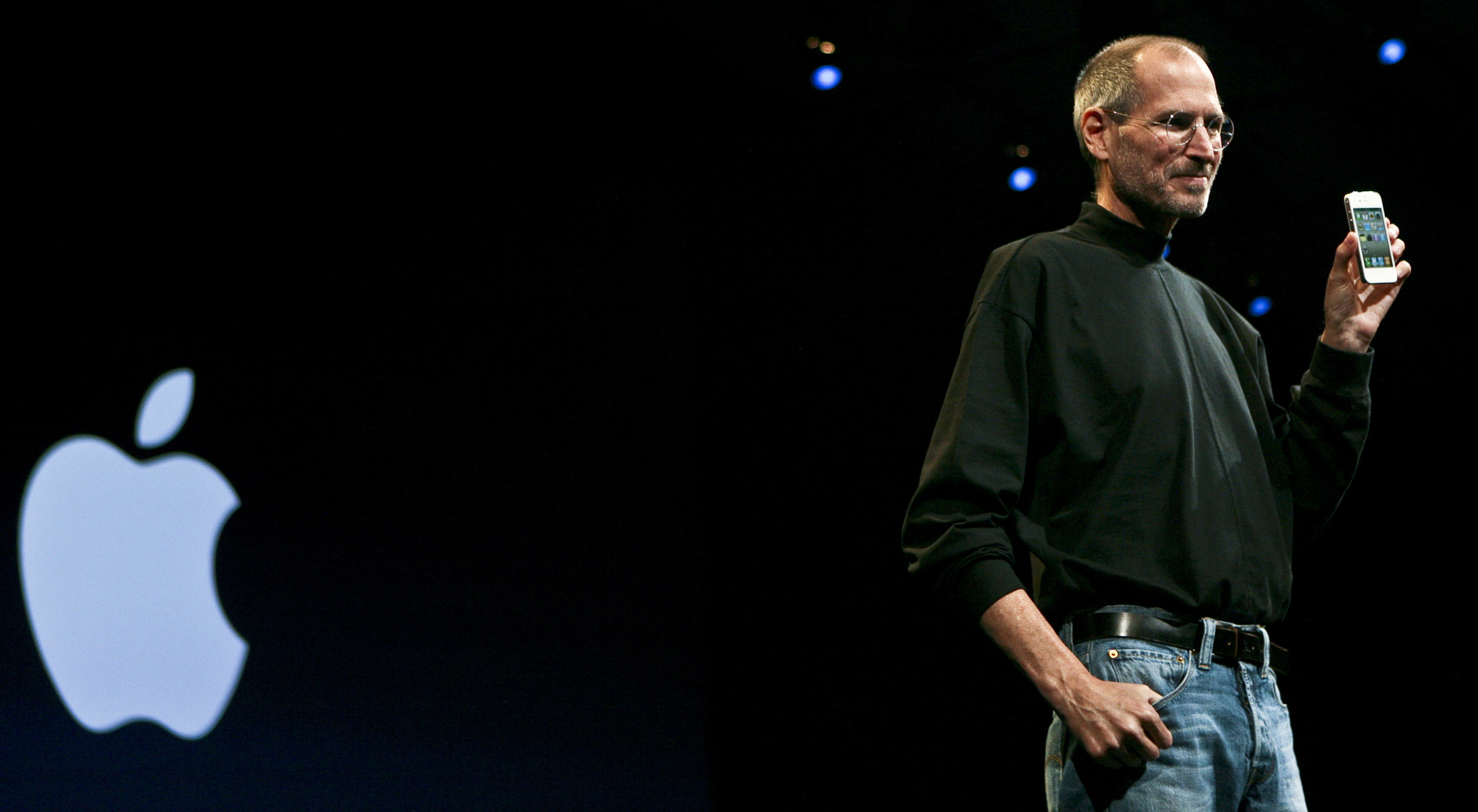
Apple’s Worldwide Developers Conference (WWDC) is an event where Apple typically announces updates to the operating systems running its iPhones, Macs, iPads, Apple Watches and Apple TV app. The event serves to inform the public as to what to expect from Apple in a given year. In terms of popularity, it’s second only to the company's annual fall event, where new iPhones and other products are typically unveiled.
Despite being software-focused, WWDC has seen its fair share of important hardware reveals. That's why it’s entirely possible we could see hardware announced at WWDC 2022 later today (Monday, June 6). With the big event on the horizon, we thought it'd be proper to look back at what Apple has unveiled in previous shows.
Here's all the hardware Apple's ever launched at WWDC — and don't forget to also follow our WWDC 2022 live blog today for all the big announcements from Apple's event.
WWDC hardware reveal: Power Mac G5 (2003)
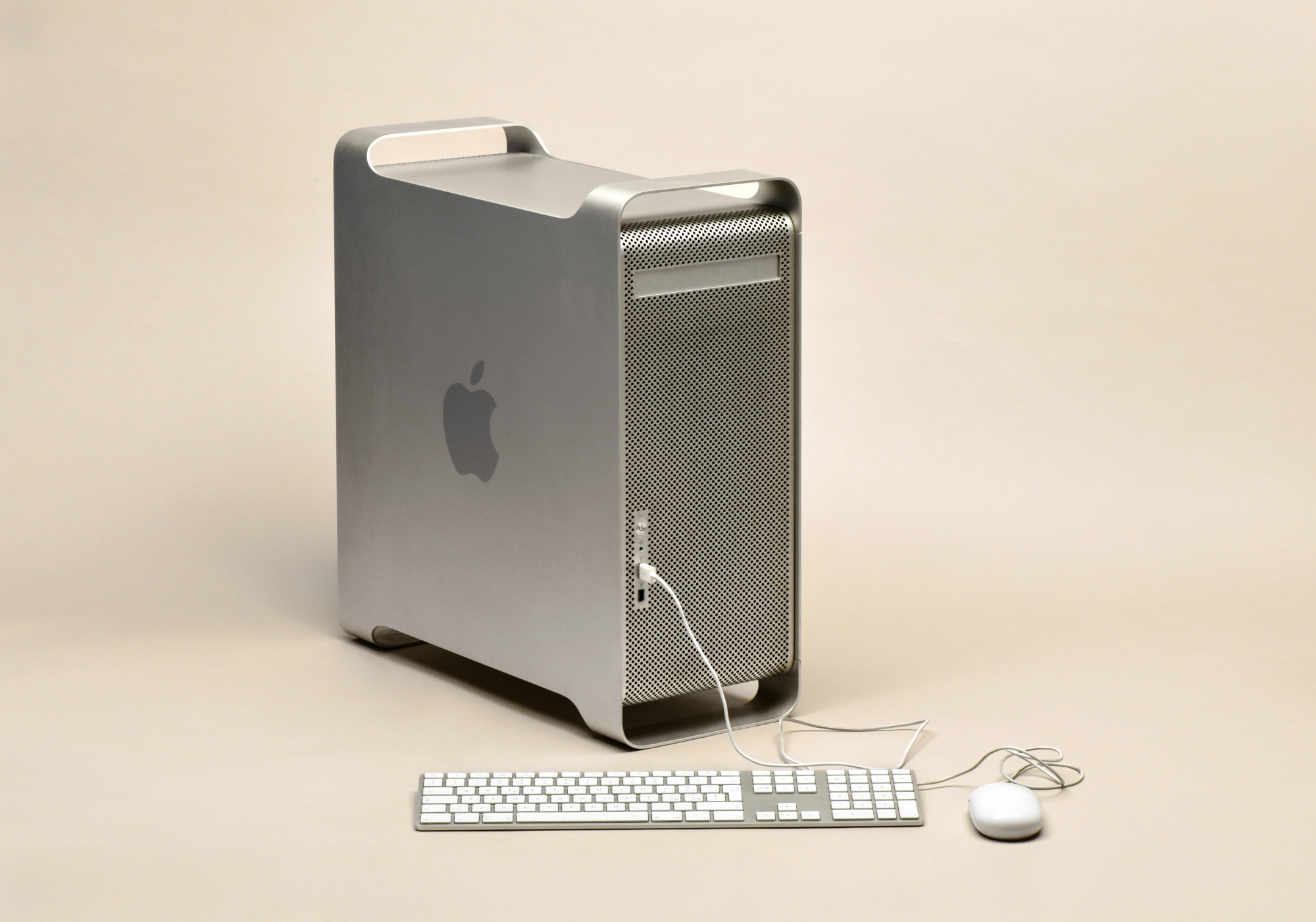
The Power Mac G5 was the most powerful Mac when it released. It had the PowerMacG5 processor, which was Apple’s first 64-bit processor. This PC’s unique “cheese grater” front wasn’t just for show as the additional vents (along with its nine active fans) helped keep the machine cool.
The Power Mac G5 line ran from 2003 to 2006 and would inspire the look of the 2019 Mac Pro.
WWDC hardware reveal: Aluminum Cinema displays (2004)
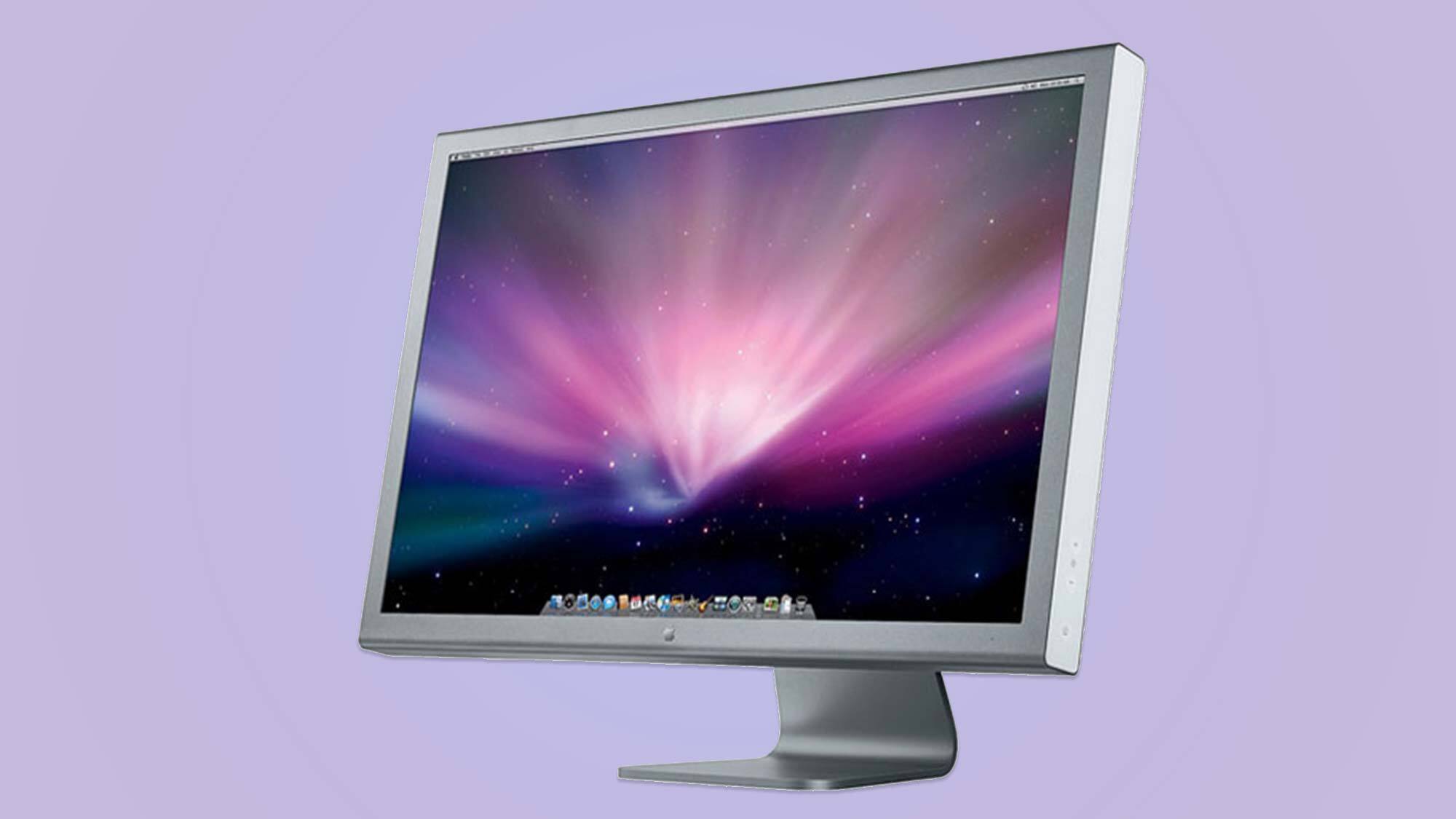
Apple unveiled its line of aluminum cinema displays in 2004. These displays had a unibody aluminum design and were available in 20-, 23- and 30-inch sizes. The 30-inch model featured 2560 x 1600 pixel resolution whereas the other models topped out at 1680 x 1050. All models featured USB 2.0, dual FireWire ports and DVI support.
The 30-inch model required a then-new Nvidia GeForce 6800 GPU to run at full resolution. At the time of release, this model cost $3,299. The most affordable aluminum cinema display was the 20-inch version, which was introduced at $1,299. These displays were discontinued in 2008.
Sign up to get the BEST of Tom's Guide direct to your inbox.
Get instant access to breaking news, the hottest reviews, great deals and helpful tips.
WWDC hardware reveal: Mac Pro (2006)
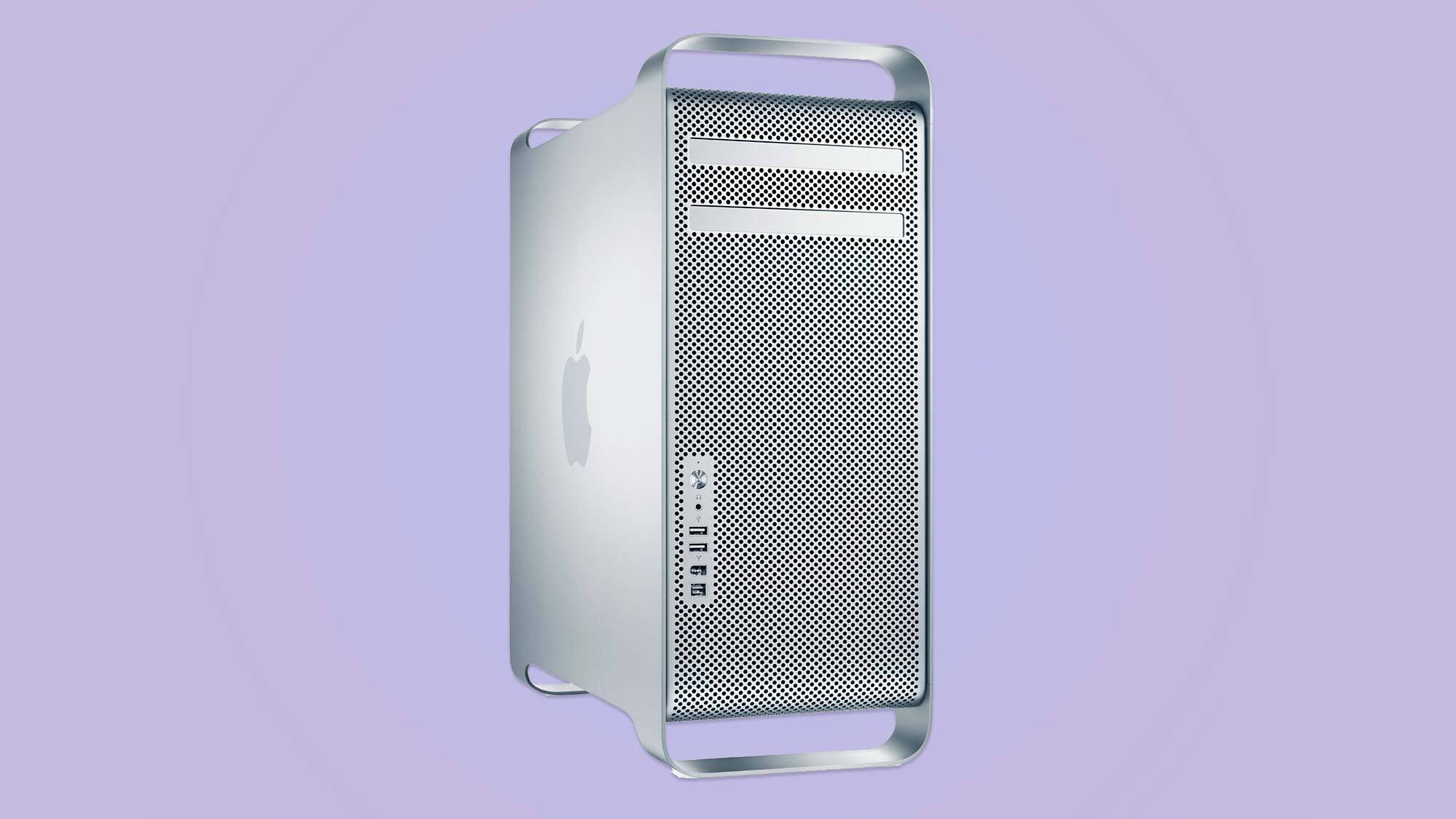
The Mac Pro effectively replaced the Power Mac G5 to become Apple’s most powerful lineup of personal computers at the time. You could mistake this rig for the Power Mac G5 since it featured the same tower case and "cheese grater" front. However, the base model packed two dual-core Intel Xeon Woodcrest processors, 1GB of RAM, a GeForce 7300 GT with 256 MB of VRAM. The Mac Pro was aimed at professional users.
WWDC hardware reveal: iPhone 3G (2008)
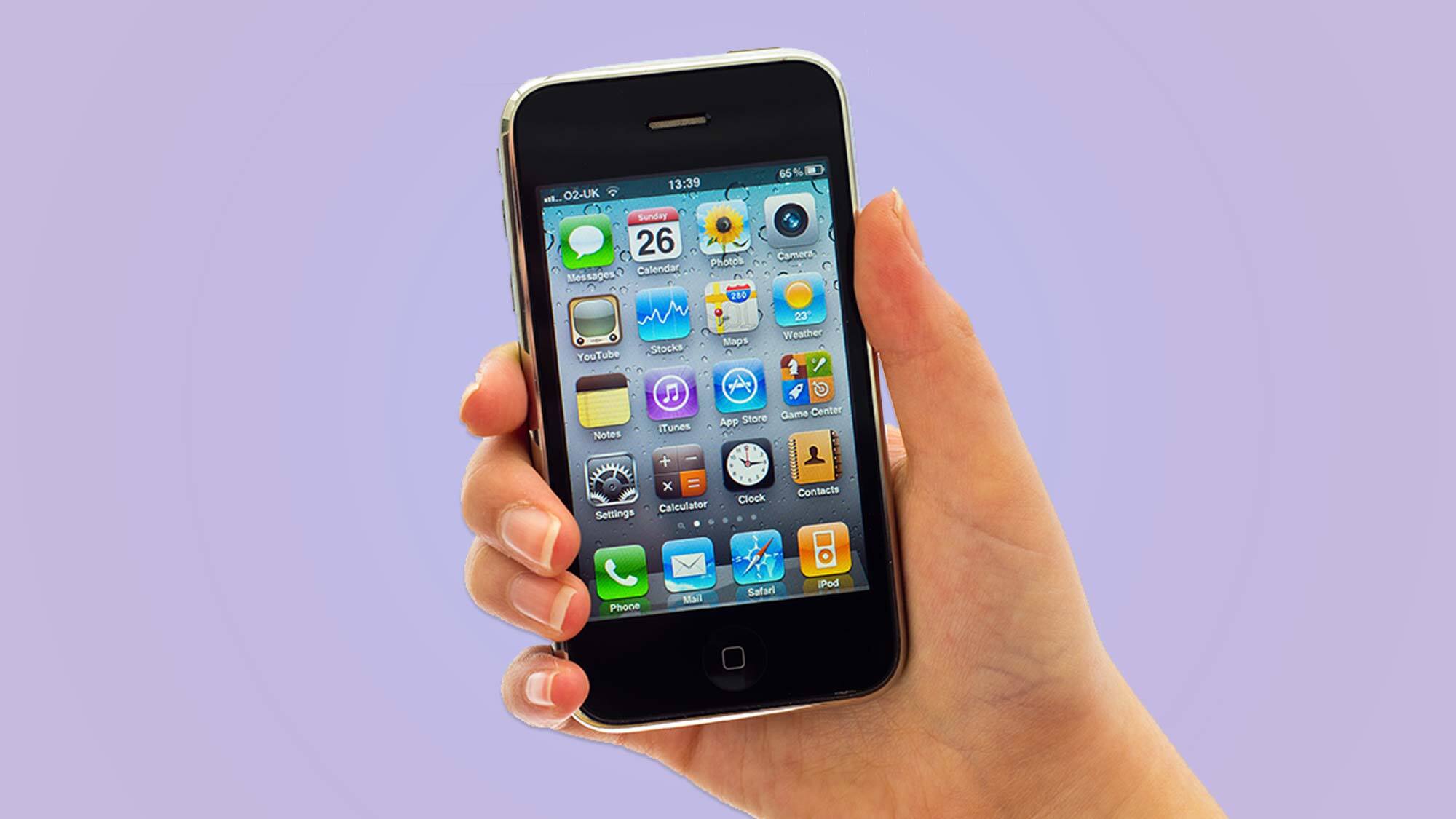
The iPhone 3G was the immediate successor to the revolutionary original iPhone. Announced during WWDC 2008, the iPhone 3G featured an all-new design, 3G connectivity and a lower price.
The smartphone included iPhone OS 2.0 and, perhaps most important of all, introduced the App Store. It’s no surprise that this $200 smartphone became a smash hit, selling over 1 million units during its first weekend.
WWDC hardware reveal: iPhone 3GS (2009)
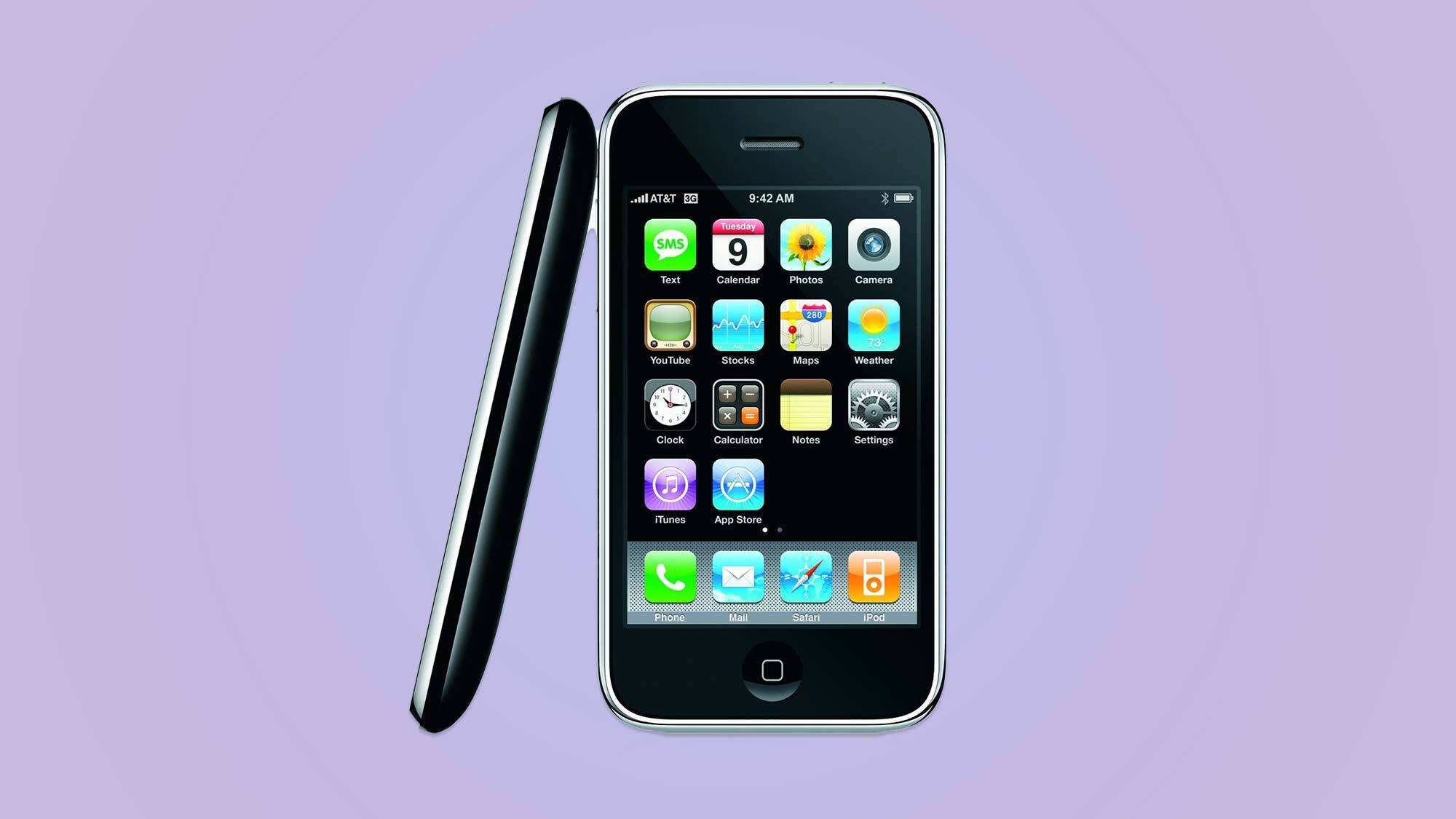
In 2009, Apple unveiled the iPhone 3GS at WWDC. This follow-up to the iPhone 3G had the same basic design as its predecessor but featured faster performance, voice control and a 3MP camera capable of recording video. Like the iPhone 3G, the iPhone 3GS was another runaway hit.
WWDC hardware reveal: iPhone 4 (2010)
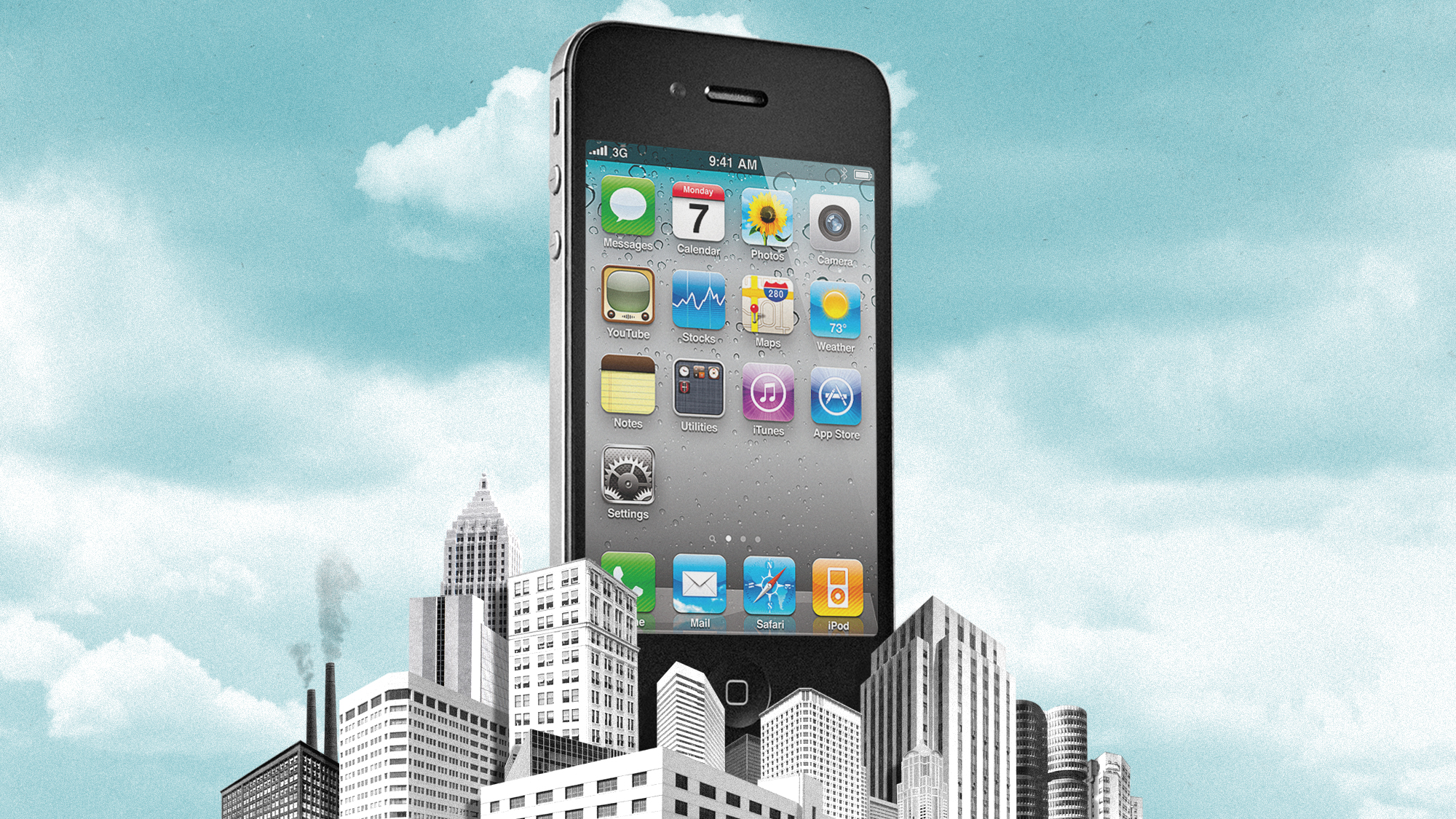
2010’s big hardware announcement was the iPhone 4. Apple went back to the drawing board and completely redesigned the iPhone into something resembling its current phones.
The iPhone 4 featured a new thin design that combined stainless steel and glass, which set it apart from other smartphones of the time. iPhone 4 was also the first Apple phone with a front-facing camera. While its unique antenna design could cause the device to lose cellular signal if held incorrectly, the iPhone 4 was so popular that it remained on the market for nearly four years.
WWDC hardware reveal: 15-inch MacBook Pro (2012)
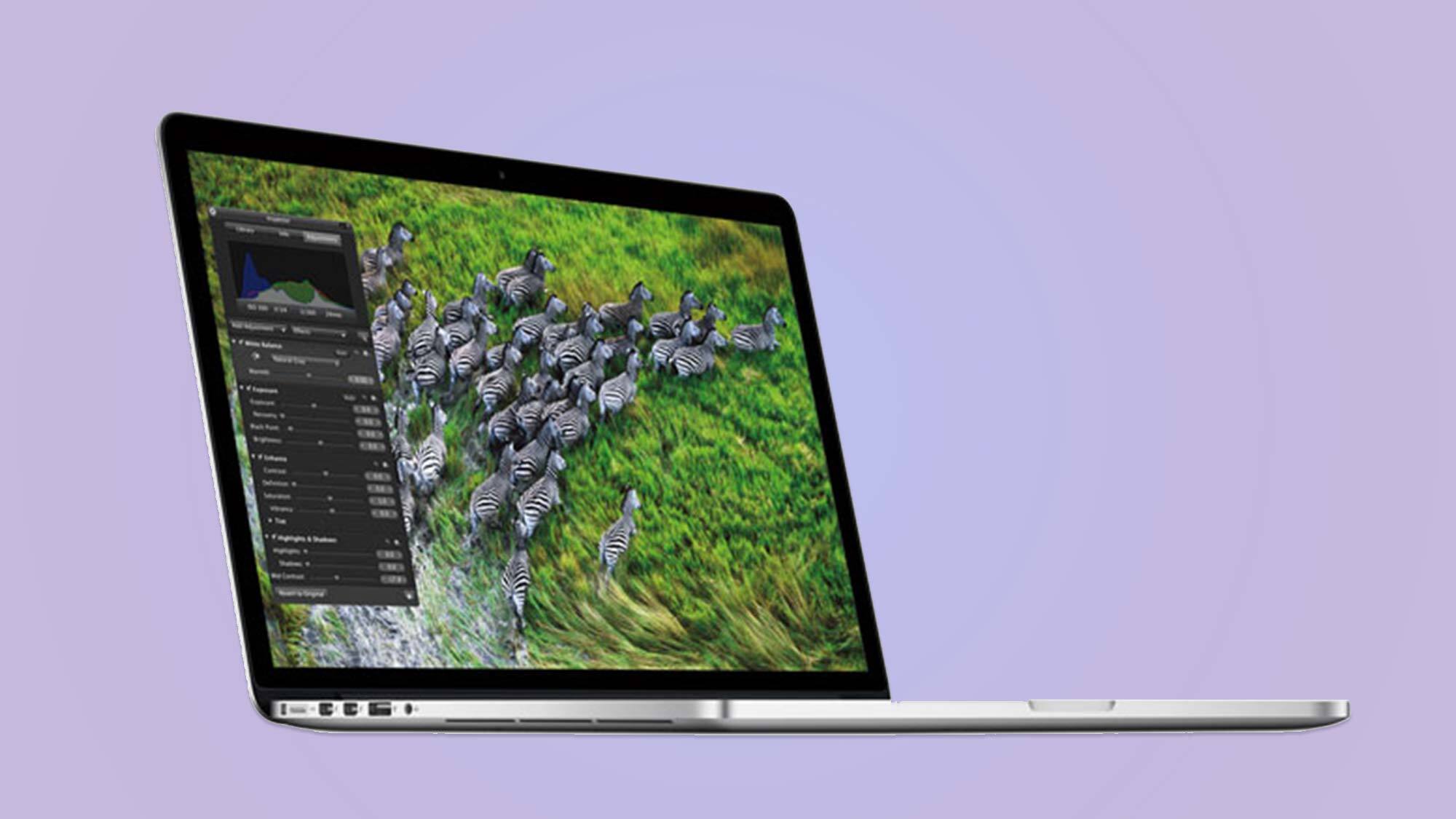
Apple unveiled the 15-inch MacBook Pro during WWDC 2012. This third-generation MacBook Pro was notable for its Retina display and was aimed at professional artists. It had third-gen Core i7 processors, a solid-state drive, USB 3.0 and Thunderbolt ports, an HDMI port, a MagSafe port and was 25% thinner than the previous MacBook Pro model.
At the time, folks praised the 2880 × 1800 Retina display and overall power of the machine. But as with many Apple products, it was criticized for being too expensive with a starting price of $2,199.
WWDC hardware reveal: Mac Pro (2013)
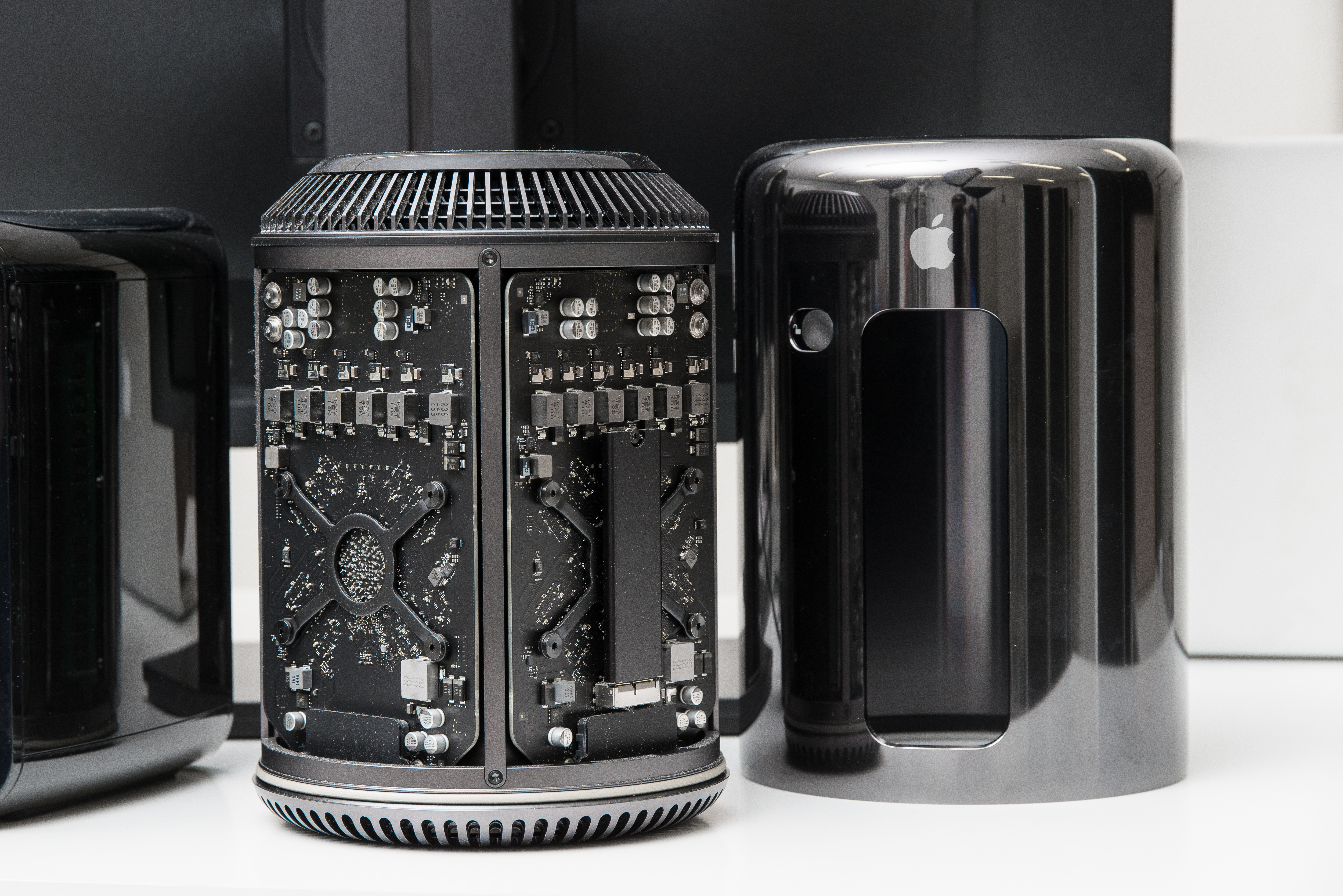
The controversial second-generation Mac Pro was unveiled at WWDC 2013 and remains notorious to this day. This is mostly due to the PC’s unique cylindrical design, which some weren't keen on.
The cylindrical thermal core made it impossible for the machine to adapt to hardware trends and prevented it from receiving updates for over three years. As such, Apple had to concede that the second-gen Mac Pro was a failure and discontinued it.
WWDC hardware reveal: HomePod (2017)
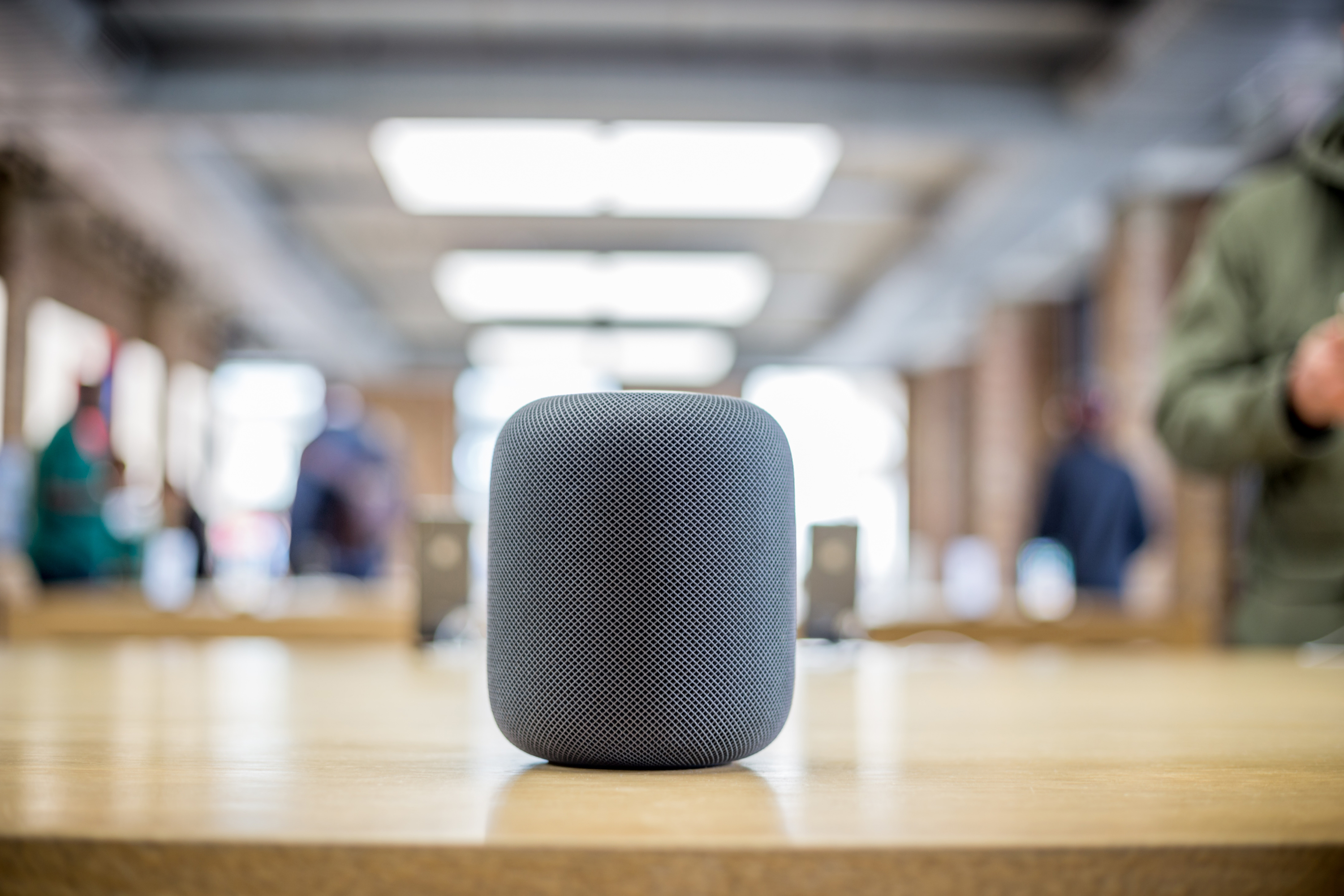
Speaking of failures, we have to discuss the Apple HomePod, which was announced at WWDC 2017. In truth, the HomePod wasn’t a bad product. It was and is a solid smart speaker. Unfortunately, it never gained widespread acceptance and was soon discontinued and replaced by the HomePod Mini. It’s likely that the latter’s affordable $99 sticker price made it more appealing than the $349 HomePod.
WWDC hardware reveal: iMac Pro (2017)
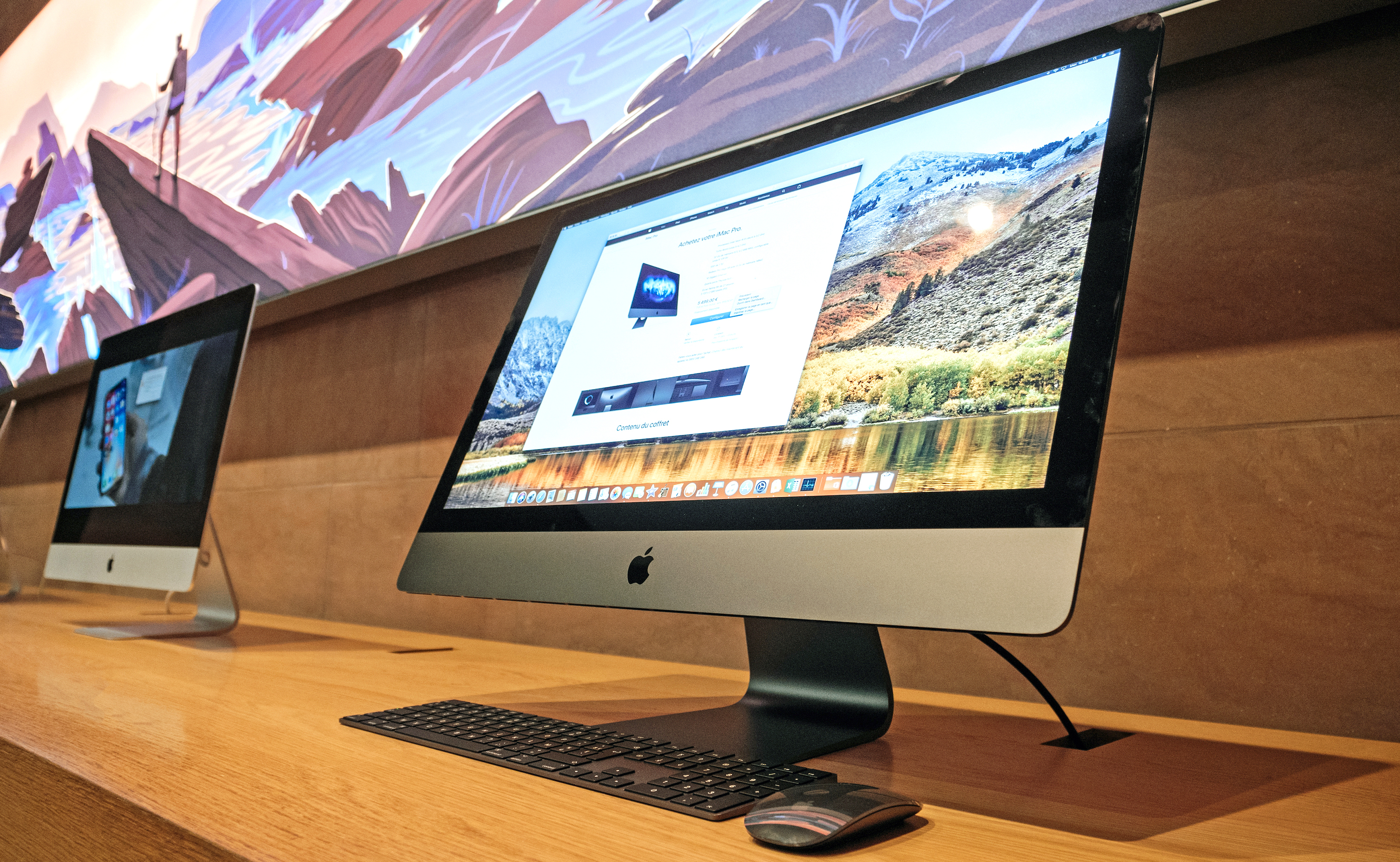
The iMac Pro was a powerful computer that never quite found its place among Apple’s line of PCs.
Starting at $4,999, it sat above the consumer-targeted Mac Mini and iMac and was effectively an all-in-one version of the Mac Pro. Unfortunately, it was left to languish without an update for years. The iMac Pro was discontinued but rumors suggest Apple may resurrect the machine in the near future.
WWDC hardware reveal: Mac Pro (2019)
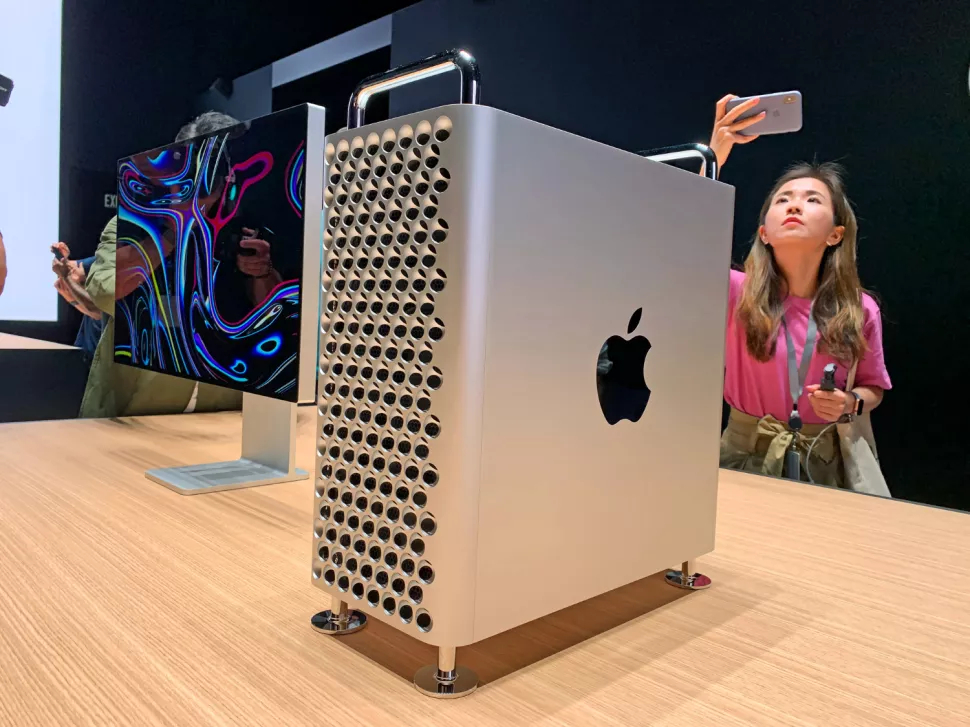
Admitting that the second-generation Mac Pro was a flop, Apple rebuilt the third-generation Mac Pro in the vein of the popular original.
This PC had expandable RAM (up to 1.5 TB) and could be configured with two AMD Radeon Pro GPUs. These came in a custom Mac Pro Expansion Module (MPX) that was fanless and used the chassis’ cooling system. Though decidedly pricy at $5,999, it’s arguably the only workstation professional users could need.

Tony is a computing writer at Tom’s Guide covering laptops, tablets, Windows, and iOS. During his off-hours, Tony enjoys reading comic books, playing video games, reading speculative fiction novels, and spending too much time on X/Twitter. His non-nerdy pursuits involve attending Hard Rock/Heavy Metal concerts and going to NYC bars with friends and colleagues. His work has appeared in publications such as Laptop Mag, PC Mag, and various independent gaming sites.
